In the world of Machine Learning and Artificial Intelligence algorithm development, the ability to swiftly and accurately assess the detection performance is paramount. Stratovan's Segmentation for Pro-Surgical 3D software introduces an innovative automated algorithm performance scoring tool that revolutionizes this process. This powerful tool generates a concise list of outputs from an algorithm that can be reviewed as performance scores with unprecedented efficiency, saving valuable time and resources your team can spend tuning and improving the algorithm itself instead of the labor-intensive manual review and scoring processes that dominate the industry.
Streamlined Performance Scoring
Traditionally, evaluating the performance of detection algorithms involves manually reviewing algorithm outputs against a test set of segmented 3D data. This process can be painstakingly slow, prone to human error, and labor-intensive. Additionally, depending on the evaluator this process can suffer from several inherent human biases or subjective judgment calls that skew or otherwise obscure true performance evaluation you could achieve by objective measures. Stratovan's automated scoring tool addresses these challenges by automating the comparison process based on variables, thresholds, and metrics you decide. Within a fraction of the time required for manual review, the tool delivers precise IOU, Bleed, and Overlap metrics, providing immediate insight into algorithm performance at the touch of a button.
What Metrics Do Stratovan's Performance Tools Calculate and Report?
When evaluating the accuracy of a 3D object detection algorithm, several key metrics are used to determine how well the algorithm identifies and delineates objects in images. These metrics compare the algorithm's predicted bounding boxes to the ground-truth bounding boxes, which are the accurate locations and shapes of the objects as labeled in the dataset. The primary metrics include Intersection Over Union (IoU), Bleed, and Overlap, among others.
- Intersection Over Union (IoU): Intersection Over Union is a measure of the overlap between the predicted bounding box and the ground-truth bounding box. It is calculated by dividing the area of the intersection of the two boxes by the area of their union. IoU values range from 0 to 1, where 1 indicates a perfect overlap and 0 indicates no overlap. A higher IoU indicates a more accurate detection. Mathematically, it is represented as:
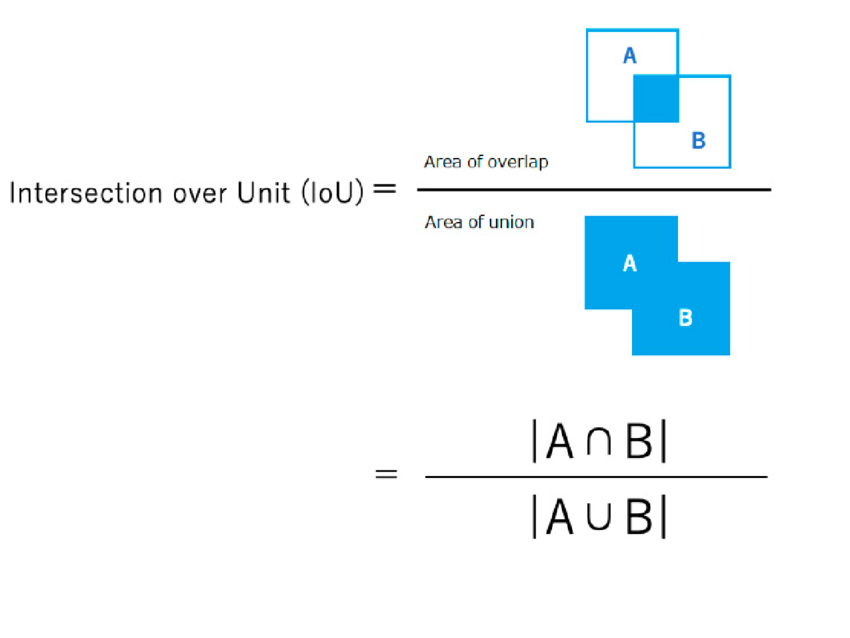
- Bleed: Bleed refers to the extent to which the predicted bounding box extends beyond the boundaries of the ground-truth bounding box. It can be seen as a measure of overestimation by the detection algorithm. High bleed indicates that the predicted box is too large, potentially including irrelevant areas outside the actual object.
- Overlap: Overlap in the context of 3D object detection refers to the degree to which the predicted bounding box and the ground-truth bounding box share the same space. It is similar to IoU but may be used more generally to describe any shared area between the two boxes without a specific formula. Overlap ensures that the detected object is at least partially aligned with the ground-truth object.
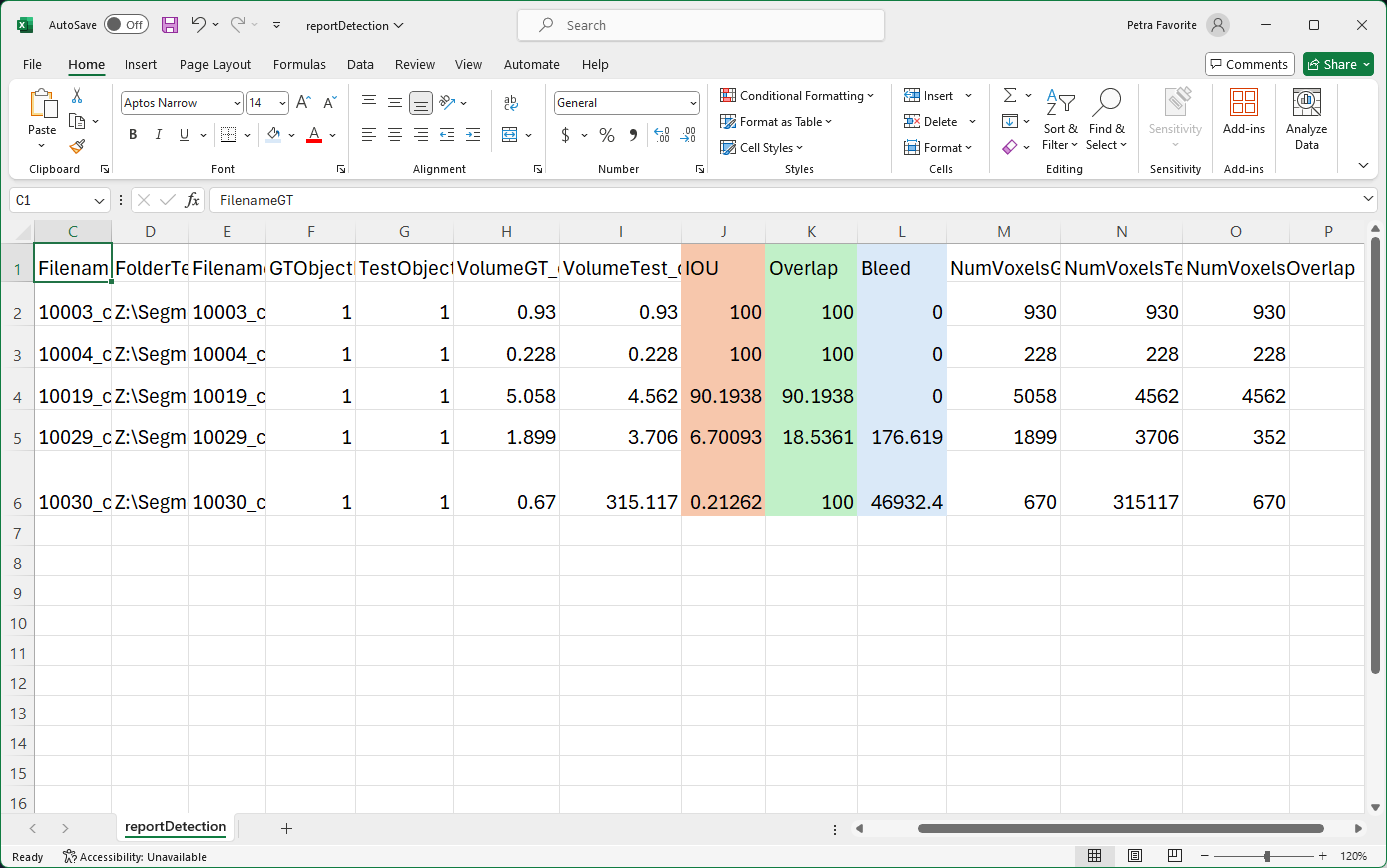
- Ground Truth: A Ground Truth refers to an object or item of interest that has been segmented or otherwise identified as the object of interest for a detection algorithm. The object is highlighted or outlined in the images and can teach an algorithm to seek out and find this object based on a number of possible features of that object. This concept also includes the idea that the other objects in the image are NOT Ground-Truthed, thus also instructing the algorithm what objects are NOT of value to identify. The Ground Truthing of objects in data sets is an essential part of training a detection algorithm because inaccurate or inconsistent segmentations, for example, one that only highlights a small portion of an object or covers surrounding objects, can greatly inhibit an algorithm’s ability to learn how to detect the true object of interest.
By measuring IOU, Bleed, and Overlap for each scan automatically, the tool enables users to quickly ascertain the strengths and weaknesses of their detection algorithms, facilitating rapid iteration and improvement. Instead of embarking on a new investigation and performance analysis each time a training cycle is done, teams can get results in moments and investigate scan-by-scan results to understand how a detection algorithm is performing against the ground-truthed segmentation. This capability can help direct corrective efforts or narrow down problems in the training process, performance variables, or the algorithm development approach itself. Ultimately, your team spends more time fixing issues and less time trying to find them.
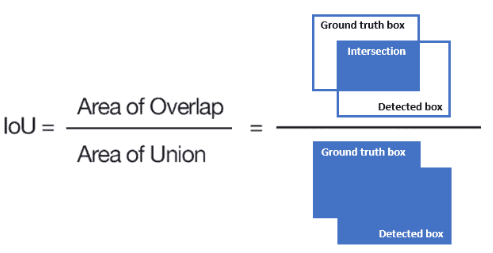
On-the-Spot Comparisons for Better Understanding
The automated scoring tool also allows on-the-spot comparisons between test set segmentations and algorithm outputs. This real-time analysis provides users with a clearer understanding of how the algorithm is performing and highlights areas where improvement efforts might be focused. Like reviewing a quiz with an answer key, the algorithm development team or performance evaluation team can see how the algorithm determines threat objects versus what the ground-truthed object is. With an objective score directing a reviewer to see which scans the algorithm tends to bleed into surrounding objects, or which scans the objects don't seem to be entirely captured by the segmentation, the reviewer can trace issues back to the original training data or discover the immediate impacts of tuning various parameters within the models and stages of training and their impact on performance.
Real-Time Feedback for Rapid Iteration
One of the standout features of the automated scoring tool is its ability to deliver real-time feedback quickly on demand. This rapid feedback loop allows for faster turnaround and directs training and data teams to address issues causing performance degradation. As a result, the time between detection algorithm versions is significantly reduced, and a higher ceiling of performance can be achieved within the project schedule windows. Your team spends less time investigating issues and manually scoring the detection algorithm and more time improving its performance.
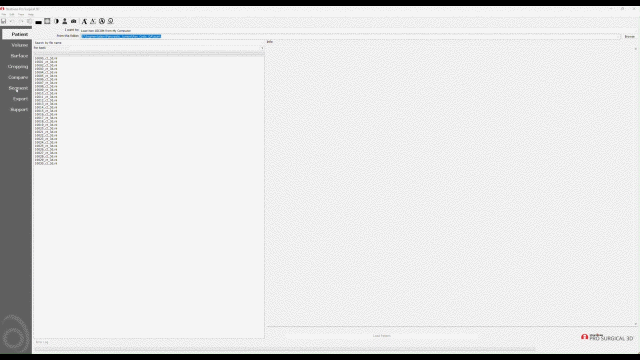
Above we see just how quick and easy it is to run a data set through the scoring tool and create a CSV file documenting the performance of an algorithm against a ground-truthed data set. Here our data management team member was able to produce actionable results from a data set in about a minute.
Versatility and Scalability
The tool’s versatility is another major advantage. Whether dealing with small datasets comprising a handful of scans or large datasets spanning multiple classes of objects, the tool seamlessly adapts to varying scales. This flexibility is particularly beneficial for researchers and developers who need to test new algorithms across diverse datasets to ensure robustness and generalizability. Detection standards and the needs of customers can change quickly, and this tool stands ready to assist you whether you’re attempting to meet the latest detection standard for a TSA project, eager to demonstrate your latest detection capability for an emerging threat to DoD or CPB, or you’re evaluating an early cancer detection algorithm for a research institution or hospital. This tool set is designed to work for both easy and challenging data alike and will increase the effectiveness of your team and improve the performance of you algorithm.
Integration with Stratovan’s Segmentation Tool
Stratovan’s Segmentation for Pro-Surgical 3D software not only includes the automated scoring tool but also offers robust segmentation capabilities. This integration is a game-changer for users who need to establish ground truth in 3D image scans or potentially correct errors within the ground truthing of datasets they already have. The software supports a wide variety of data types and file formats, making it a versatile choice for different imaging applications. With both tools at your fingertips, your project team can take control of their data quality and gain invaluable knowledge of algorithm performance all from one software suite.
Comprehensive Data Analysis and Improvement
When coupled with the segmentation tool, this software suite provides a robust data analysis, correction, and improvement process. Users can evaluate data, score it against algorithm outputs, and make necessary corrections seamlessly within the same software suite. Additionally, the automated error checking and quality assurance tools within the Segmentation tool set help to catch and mitigate errors in the dataset before they reach the training pipeline. This comprehensive approach ensures that data quality and algorithm performance are continually optimized.
Benefits for Users
The automated scoring tool offers several key benefits:
- Efficiency: Dramatically reduces the time required for performance evaluation, accelerating the development cycle of detection algorithms.
- Accuracy: Provides reliable and consistent performance scores, minimizing the risk of human error.
- Scalability: Handles both small and large datasets with ease, accommodating the needs of various research and development projects.
- Integration: Works in tandem with Stratovan's segmentation tool, streamlining the workflow from ground truthing to performance evaluation.
- Real-Time Feedback: Allows for rapid feedback and iteration, directing efforts to improve algorithm performance quickly and efficiently.
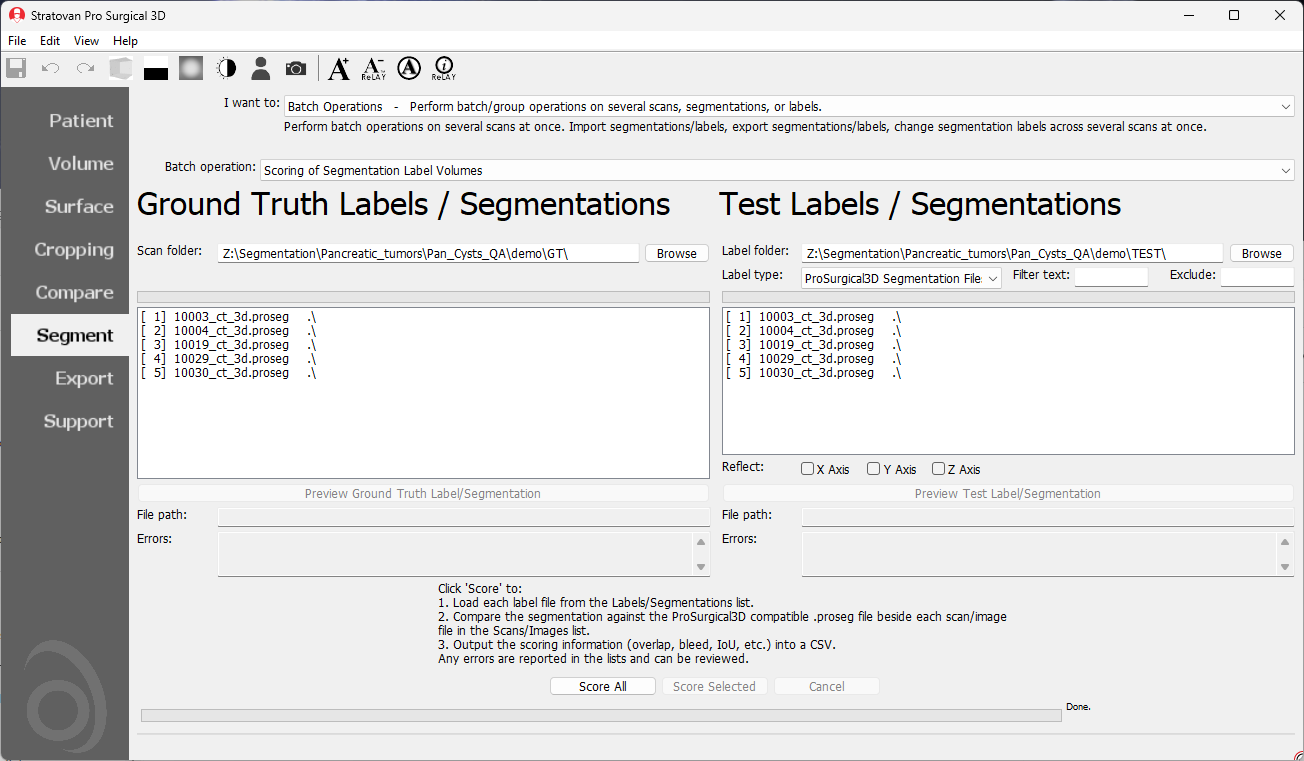
Stratovan's automated algorithm performance scoring tool is a significant advancement for the industry. By delivering rapid and accurate performance scores and enabling real-time comparisons and feedback, it empowers researchers and developers to fine-tune their detection algorithms efficiently. The integration with the Segmentation for Pro-Surgical 3D software further enhances its utility, making it an indispensable tool for anyone involved in the development and testing of 3D image segmentation algorithms.
For more information about Stratovan’s Algorithm Performance Scoring Tool, please visit our additional information page.
For a demonstration of the software suite, please visit our demo request page.
For a free trial of the Stratovan’s Algorithm Performance Scoring Tool, please visit our products page.